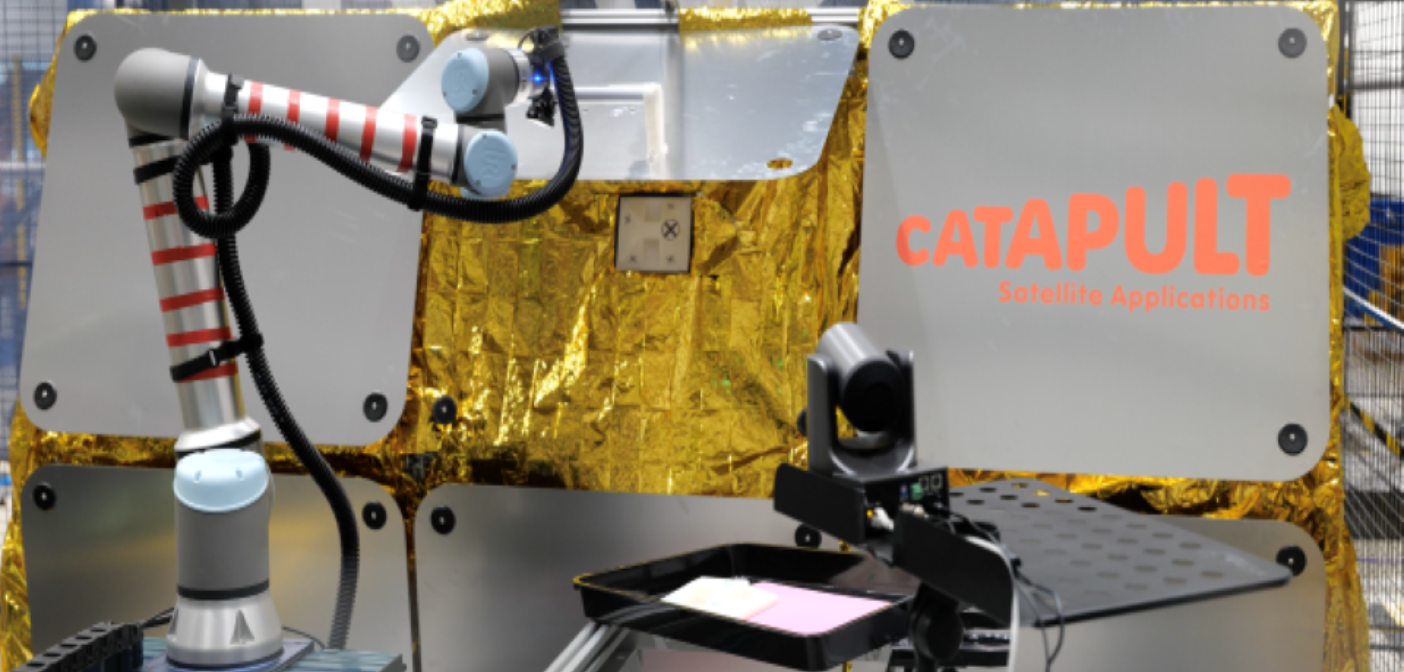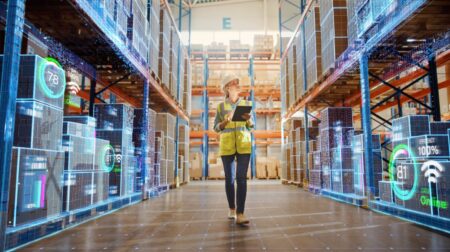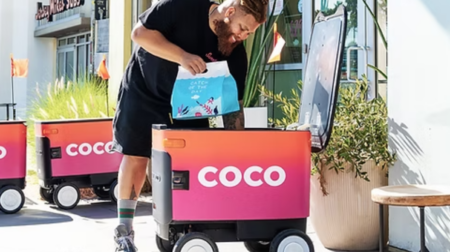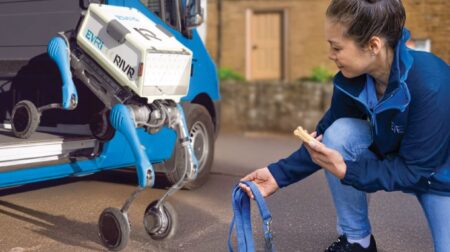The UK Atomic Energy Authority (UKAEA) and Satellite Applications Catapult have partnered to demonstrate how advanced remote handling and robotics technology developed for fusion energy research can provide maintenance for in-orbit satellites.
Fusion is the process that powers the sun and stars. If recreated on Earth successfully, the energy produced could provide a safe, low carbon and sustainable part of the world’s future energy supply.
However, according to UKAEA, the demonstration is evidence of a potential economic spill over of fusion research that reaches beyond the sector itself, and as far as the servicing of spacecraft in orbit.
Dr Indira Nagesh, principal engineer of UKAEA, said: “The rewards for recreating the ultimate fusion energy source here on Earth are enormous, with the potential for near limitless power for generations to come.
“Right now, we’re proving that our technology has lots more immediate benefits in adjacent sectors.
“Identifying technical challenges and solving them for in-orbit servicing and repair is exciting. It will greatly help to improve the longevity of spacecraft and reduce space litter.”
Read more: Sir Patrick Vallance supports fusion energy following UKAEA visit
Currently, around 6,000 satellites are in orbit around the Earth, but only 40% are said to be operational. This so-called ‘space debris’ reportedly poses a danger to all spacecraft, which have to perform thousands of avoidance manoeuvres each year to prevent collisions.
Servicing and maintenance can extend operational lifetimes and the same technologies can be used to support active debris removal missions.

The technology has been developed and tested at UKAEA’s Remote Applications in Challenging Environments (RACE) robotics centre in Culham, Oxfordshire. A replica section of a typical spacecraft provided by Satellite Applications Catapult was assembled at RACE.
Demonstrations were carried out in the Automated Inspection and Maintenance Test Unit (AIM-TU), a modular robot cell for research and development containing two UR10e cobots from Universal Robots with 1.3m reach.
A ‘digital twin’ of the operation using specialist software was also completed to show how operators can take over the manual command of the operation, if required, and train the system to carry out new missions.
Read more: UKAEA training centre to see £13m expansion
According to UKAEA, while the automation isn’t space-qualified, engineers have demonstrated how such processes can potentially be replicated in space by understanding technical challenges in implementing remote handling capability.
Jeremy Hadall, robotics development lead at Satellite Applications Catapult, said: “Improving our ability to perform close-proximity operations in orbit with advanced robotics, will unlock a range of commercial opportunities in space including debris removal, spacecraft servicing, and even the manufacture of large structures in orbit.
“This trial moves the space industry one step closer to realising these exciting possibilities.”







